Exploring Italy
Our Travel GuideHome to the most UNESCO World Heritage sites in the world, how can one not love Italy.
Art, ruins, monuments, delicious food, lakes, mountain ranges, incredible cars, and beautiful coast make up Italy. One trip is just not enough time to take in all the beauty and history.
We have been back to Italy many times, and plan on returning again and again. We don’t think we have met anyone that does not love Italy and either plan on returning or going for the first time.
Italy is the home to western culture with the Roman Empire and the Catholic Church. Medieval walled cities, ancient ruins and wonderful coasts make up just a small part of Italy’s charm. We suggest you pick an area and venture out from there.
Italy has a wonderful train system and is not difficult to travel by car. Kati and I have always just rented a car and explored the country.
Italy is truly the Bel Paese.
Italy at a Glance
Italian power voltage is 220/230 V 50Hz; Plug C & F.
The Italian currency is the EURO.
Some churches may require that travelers wear appropriate attire. Be respectful.
Value added tax (IVA) is charged on purchases, but if you are resident of a non-European Union country, you can get a refund of this tax. Save your receipts.
- Sight Seeing 95%
- Cost 90%
- Ease of Travel 85%
- Activities 95%
It is impossible to list five, ten or even twenty must have experiences for traveling to Italy. Pick an area such as Tuscany, Venice, or Rome and start there. Venture out and experience the small towns and villages. Drive around the country-side and drink in the beauty.
Top 7 Experiences in Italy
1. Venice
Venice, the capital of northern Italy’s Veneto region, is built on more than 100 small islands in a lagoon in the Adriatic Sea. It has no roads, just canals – including the Grand Canal thoroughfare – lined with Renaissance and Gothic palaces. The central square, Piazza San Marco, contains St. Mark’s Basilica, which is tiled with Byzantine mosaics, and the Campanile bell tower offering views of the city’s red roofs.
We love Venice and have returned again and again, BUT we definitely stay overnight. To go just for the day, it is a crowded mess with tourist trinkets being sold almost everywhere you go and thousands of tourists coming from everywhere.
With over 30 million visitors annually, and 32,000 tourists from cruise ships daily, Venice is suffering with over tourism. The cruise ships have caused significant damage to the city’s waterways, and the over tourism makes a day in Venice over crowded and somewhat of a hassle.
We recommend going to Venice but take a couple of days. Stay overnight in Venice and experience it without the crowds and how it was meant to be. After most of the tourists leave for the day, you will be able to get into the restaurant you want and enjoy a slow meal canal-side, and to wander through the back streets of this magical city. Take a Gondola at dusk or do a Venetian pub crawl.
Venice is still magical and will transport you into another time period when you visit the Grand Canal or St. Mark’s Square. And at night, the intimacy of the city is magical.
2. Tuscany
Tuscany is a region in central Italy. Its capital, Florence, is home to some of the world’s most recognizable Renaissance art and architecture, including Michelangelo’s “David” statue, Botticelli’s works in the Uffizi Gallery and the Duomo basilica.
There are many reasons why to visit Tuscany. Fine art, exploring the countryside, enjoying the cuisine and wine and immersing yourself into the Italian culture are all great reasons to visit. Having been there five or six times, we can tell you that just one visit is not enough. Exploring the cities of Florence, Siena and Pisa are a good start, but venture out and enjoy San Gimignano, Cortona, and Arezzo.
Recently we went back and climbed the Leaning Tower of Pisa. We arrived in Pisa in the late afternoon and almost had the place to ourselves. There were no tourists, no lines and we just relaxed after climbing the Leaning Tower. To be honest, we did not do much else in Pisa and left after one night and headed south.
Florence is wonderful and is worth two or three full days. Start you visit in Florence in the heart at the Piazza del Duomo. The Duomo with its cupola along with the Baptistery with its bronze Gates of Paridise and Giotto’s tall bell tower that you can climb can all be visited with one ticket. We actually took a horse and carriage ride from here around Florence seeing such sites as Michelangelo’s apartment, the markets, and the back streets.
If you love art, head to the Uffizi Gallery. This is one of Italy’s top museums and is filled with Renaissance masterpieces, by Botticelli, Michelangelo, Leonardo da Vinci and Raphael, to name just a few.
When you are at the Uffizi, head over to Ponte Vecchio (literally “the old bridge”). There are some great shops on the Ponte Vecchio (Michael bought a really great leather jacket there) and has some great views of the city.
Accademia Gallery houses the David by Michelangelo. It really is amazing to see, and there are some other wonderful sculptures there. Pre book tickets and be prepared to wait in line. We actually stayed right across the alley from the Accademia and was able to get in quickly.
Another city you will want to visit is Siena. Siena, a city in central Italy’s Tuscany region, is distinguished by its medieval brick buildings. The fan-shaped central square, Piazza del Campo, is the site of the Palazzo Pubblico, the Gothic town hall, and Torre del Mangia, a slender 14th-century tower with sweeping views from its distinctive white crown. The city’s 17 historic “contrade” (districts) extend outward from the piazza.
Stay the night and have a traditional Tuscan meal like wild boar with some outstanding regional wine.
Once you have explored the cities, venture out into the countryside. Chianti, or the Etruscan coast are good choices. Decide what you are interested in. Art, Archaeology, Hiking, Rolling Hills, wonderful Cuisine, incredible wine, and interesting and unique towns and villages are all part of Tuscany. Enjoy your trip.
3. Rome
Rome, Italy’s capital, is a sprawling, cosmopolitan city with nearly 3,000 years of globally influential art, architecture and culture on display. Ancient ruins such as the Forum and the Colosseum evoke the power of the former Roman Empire. Vatican City, headquarters of the Roman Catholic Church, has St. Peter’s Basilica and the Vatican Museums, which house masterpieces such as Michelangelo’s Sistine Chapel frescoes.
Rome also has its problems. Pollution, noise and traffic. There are so many highlights to see, that it takes at least three days to see them. To immerse yourself into the Roman culture, it will take longer. The beauty of Rome sprawls across its landscape and is a mix of ancient and the Renaissance.
Rome is both romantic and over crowded, both intimate and noisy, and both ancient and ultra-modern. These are the dichotomies that made Kati and I fall in love with Rome.
Our favorite Roman sites are:
The Colosseum – The Flavius amphitheater is the biggest and most imposing in the Roman world, but is also the most famous monument in Rome and is known as the “Colosseum” or “Coliseum”. Started by Emperor Vespasian of the Flavia family, it was opened by his son Titus in 80 A.D.
Buy a skip the line ticket. It is well worth it. The lines into the Colosseum are long and it can be very hot.
Vatican City – The world’s smallest nation with the Pope as its head. With its iconic art and architecture, Vatican City is a treasure trove of priceless art by famous artists such as Raphael, Michelangelo, and Caravaggio. Start in Saint Peter’s Square and soak in the feel of the Vatican.
When we went, the crowds and the lines were immense. We walked throughout the city/state and went and took a tour of the Sistine Chapel and the Vatican Gardens. It was magical, but we did not go into the St. Peters Basilica.
We returned on Sunday afternoon after service. The place was empty. We freely walked in and enjoyed St. Peters Basilica. We were able to see and photograph everything with very few tourists on site.
Pantheon – Originally a pagan temple and later becoming a catholic church.
Trevi Fountain – The very last example of magnificent baroque art.
Ancient Rome – Enjoy the Roman Forum, Capitoline Hill and the Sacred Way. The Roman Forum was the real political center of Republican and Imperial Rome.
There are many more squares, and sites throughout Rome. Rent a Vespa, take the train or walk throughout the Eternal City. Check out Navona Square, and the Spanish Steps. Rome is a magical city mixed with ancient and modern buildings throughout. It will take 3 to 4 days to properly experience the city.
4. Amalfi Coast
The Amalfi Coast is a 40 mile stretch of coastline along the edge of Italy’s Sorrentine Peninsula. With sheer cliffs and rugged shoreline, the coastal road between the port city of Salerna and the clifftop Sorrento has grand villas, terraced vineyards and cliffside lemon groves.
Because of its beauty, the Amalfi Coast is an UNESCO World Heritage site and not to be missed. There are 13 towns spreading across a strip of land kissed by the sun and is unequaled in its beauty.
Amalfi, the town that gives its name to the coast, is situated at the mouth of the Valle dei Mulini; it was the first of the Four Maritime Republics of Italy and for a long time had the monopoly of trade with the East. It looks like a cluster of white houses clinging to the rock and connected to each other by covered alleys and stairways. At the center of the main square there is the beautiful Cathedral of St. Andrew, with its impressive staircase, the bell-tower in Arab-Norman style and the charming Cloister of Paradise. The Handmade paper Museum and the Ancients Arsenals of the Republic also worth a visit.
Atrani, a beautiful and charming town situated at the mouth of the Valle del Dragone, is a natural amphitheater on the sea, offering the visitor picturesque views as well as the pleasure to spend relaxing moments in the main square, away from the mass tourism and very close to the beach. During the period of the ancient Maritime Republic of Amalfi, in the valuable Church of San Salvatore de’ Birecto (X century) took place the official investiture of the Doges.
Cetara, a fishing village gathered around the main church dedicated to St. Peter, is an active fishing port specializing in the processing and storage of tuna and anchovy, creating culinary specialties (such as, the anchovy sauce).
Conca dei Marini, a coastal village with a centuries-old maritime tradition, is a natural balcony overlooking the sea, surrounded by the Mediterranean vegetation and terraced gardens planted with “Sfusato Amalfitano” lemon groves. According to tradition, in the Monastery of Santa Rosa, clinging to the steep slopes of a rocky outcrop, was prepared the first sfogliatella Santa Rosa.
Furore, also known as “the town that doesn’t exist”, for its urban layout characterized by scattered villages surrounded by terraced vineyards. It is also called “the painted village”, for the beautiful “en plain air” murals realized on the typical whitewashed houses. Furore is, first of all, the town of the fjord, carved over the centuries by the river Schiato and where every first Sunday of July takes place the MarMeeting – High Diving World Championship.
Maiori, the ancient Reghinna Major, became the favorite setting of the Italian neo-realist director Roberto Rossellini after the Second World War. The wide promenade is bordered by the Norman Tower, on the East side, the marina and the charming Miramare Castle on the West side. In the old town center beautiful Neoclassical buildings coexist with ancient vaulted houses, representing the first settlement of the coastal town, built around the medieval fortress of Thoro-plano. Also interesting is the medieval Abbey of Santa Maria de Olearia, along the SS. 163 “Amalfitana”
Minori, the ancient Reghinna Minor, has a long tradition in the production of handmade pasta as well as in the processing of the famous Amalfi coast lemon PGI. Surrounded by lush terraced gardens, the small town of the Divine coast hides architectural treasures of great value, such as the ruins of the Roman villa (I century AD), the Basilica of Santa Trofimena and the bell-tower of Annunziata in Arab-Norman style.
Positano is one of the best known places of the Amalfi coast for its picturesque staircases, whitewashed houses following the natural course of the mountain and creating a vertical landscape. Appreciated by International artists after the First World War, Positano is famous for its handmade leather sandals and cotton/linen clothes (the so called “Moda Positano”), for its beautiful XIX-XX century buildings in Mediterranean style and its postcard landscapes with the background of the tiled dome of the main church and Li Galli islands.
Praiano, with its genuine and authentic atmosphere, far away from the mass tourism, is characterized by narrow streets making their way through the Mediterranean vegetation, terraced gardens and typical houses, leading directly to the sea. Here you can enjoy the most romantic sunset of the whole coast: the purple sun slowly disappears behind the mountains, illuminating in the background Capri with its Faraglioni, the Sorrento Peninsula and Punta Campanella.
Ravello, already praised by the Italian poet Boccaccio in his Decameron, with its postcard landscape and noble atmosphere that was a source of inspiration for Richard Wagner who imagined the magical gardens of Klingsor admiring Villa Rufolo gardens. Buen retiro for artists, it houses one of the oldest music festival in Italy, the Ravello Festival, which offers a new main theme every years, embracing all artistic disciplines. In addition to religious buildings, many of which dating from the Medieval period, ancient palaces and noble mansions coexist with contemporary buildings, such as the Auditorium designed by the Brazilian architect Oscar Niemeyer. The view that you can enjoy from Villa Cimbrone Belvedere is really stunning and definitely one of the most famous in the world!
Scala, the oldest town of the Amalfi coast and birthplace of fra’ Gerardo Sasso, founder of the Knights of Malta, is surrounded by dense forests of chestnut trees. It still preserves its quite and relaxing atmosphere that perfectly harmonizes itself with the rich historical monuments, revealing the wealth of the population during the Middle Ages, mainly composed of noble merchants. The ruins of the Basilica of Sant’Eustachio, the largest church in the Duchy of Amalfi, is situated in panoramic position overlooking the village of Pontone and still shows the beautiful inlay work on the exterior side of the apses, frescoes and precious marble.
Tramonti, hilly town of the Amalfi coast, surrounded by the green and lush vegetation of the Lattari Mounts, consisting in chestnut trees and vineyards producing full-bodied wines (tintore wine), is the perfect place to enjoy the authentic flavors of local cuisine, in particular dairy products, bread and pizza prepared since the Middle Ages in rural ovens using rye, millet and barley flour, seasoned with lard and spices.
Vietri sul mare is the first town of the Amalfi coast coming from Salerno and worldwide famous for the production of bright colored artistic ceramic, documented since the XV century. In this town harmoniously coexist noble buildings with its richly decorated facades and the picturesque hilly villages of Raito and Albori where you can still enjoy an antique flavor atmosphere, the organic architecture of the Solimene ceramic Fabric by Paolo Soleri and the Neoclassical style Villa Guariglia, whose Belvedere Tower houses the Provincial Museum of ceramic.
Wherever you stay, venture out to other villages and experience the coast. Be prepared, it is expensive to stay on the Amalfi Coast, but for a night or two, it is well worth it.
5. Cinque Terre
Cinque Terre (five towns) is a string of centuries-old seaside villages on the rugged Italian Riviera coastline. In each of the 5 towns, colorful houses and vineyards cling to steep terraces, harbors are filled with fishing boats and trattorias turn out seafood specialties along with the Liguria region’s famous sauce, pesto. The Sentiero Azzurro cliffside hiking trail links the villages and offers sweeping sea vistas.
An ancient system of footpaths is still the best way to visit the five villages: Monterosso, Vernazza, Corniglia, Manarola and Riomaggiore.
The Cinque Terre is noted for its beauty. Over centuries, people have carefully built terraces to cultivate grapes and olives on the rugged, steep landscape right up to the cliffs that overlook the Mediterranean Sea.
The breathtaking views of harbors far below the wild but hospitable coastline along with the medieval fortresses and plentiful vines and vibrant colors make this a memorable holiday.
The Cinque Terre, recognized in 1997 by the UNESCO Mankind’s World Heritage, are today a National Park and Protected Marine Area with the aim of protecting this great cultural heritage and natural environment.
6. Sicily
Sicily, the largest Mediterranean island, is just off the “toe” of Italy’s “boot.” Its rich history is reflected in sites like the Valley of the Temples, the well-preserved ruins of 7 monumental, Doric-style Greek temples, and in the Byzantine mosaics at the Cappella Palatina, a former royal chapel in capital city Palermo. On Sicily’s eastern edge is Mount Etna, one of Europe’s highest active volcanoes.
Etna, the greatest active volcano in Europe, is on Sicily’s eastern coast and is one of the fundamental stops for those wanting to discover this region. Its spectacular eruptions have created unique landscapes over the centuries.
Visitors interested in breathtaking landscapes can choose from among the protected reserves in Etna’s natural parks. The Madonie and the Nebrodi parks, as well as the volcanic paradise of Pantelleria, are sprinkled with enchanting oases like that of “Pertusa di Notaro” (“Cold Cavity”), a grotto noted for the extremely fresh air that passes through i), and dammusi, the old stone houses typical of the island.
Valle del Bove (Valley of the Oxen), the walls of which reach up to 1000 mt; the Grotta del Gelo (Ice Cave), the only existing perpetual glacier at these latitudes; and the Gole dell’Alcantara (Alcantara River Park), a thick network of rocky channels of cold water – these gorges are just some of the wonders you can admire when visiting this natural paradise.
On Sicily’s southeastern coast stands Syracuse, joint UNESCO World Heritage Site with the Necropolis of Pantalica since 2005.
This ancient Greek colony fronts an evocative natural port that is blocked on its east by Ortygia, the oldest urban center here. Every corner and cranny of the city offers precious archaeological testimonies that recall the splendor of Magna Graecia.
Sicily is rich in UNESCO World Heritage Sites: Two other must-sees are the Late Baroque cities of the Noto Valley, and the Villa Romana del Casale in Piazza Armerina.
“If someone should spend just one day in Sicily and ask: What should I visit? I would answer without hesitating… Taormina… This small village is only a landscape, yet a landscape where you can find everything to seduce your eyes, your spirit, your imagination.” This is how the famous French writer Guy de Maupassant described Taormina, hitting on the essence of this little jewel midway between Messina and Catania.
If you have not experienced Sicily, put it on your to-do list. We would not recommend visiting Sicily on your first visit to Italy if you are pressed for time, but it is worth a visit.
7. Sardinia
We have to admit that we have not traveled to Sardinia. YET. Kati’s family has traveled there numerous times and love it. They recommend it for the beaches, historic towns, mountains and ruins on the island.
Situated in the middle of the Mediterranean Sea, Sardinia is a mainly mountainous region, without high peaks, with a vast and charming, yet bittersweet, natural environment. In fact, the presence of man does not seem to affect this territory; great surfaces still preserve their natural composition, luxuriant woods with even millenary trees, small desert areas and marshes inhabited by deer, wild horses and rapacious birds.
The sea reigns over this region with its colors that migrate into the coves, along the coasts, towards the beaches and the most popular resorts. An example is the Costa Smeralda (Emerald Coast) with Porto Cervo set as its gemstone and uniting the history and culture of ancient traditions with a joyful and colourful nightlife. Porto Cervo was named after its enchanting cove that resembles the antlers of a deer; the Old Port is considered the best-equipped touristic port in the Mediterranean Sea. Porto Rotondo is also a famous location; it overlooks the wide Gulf of Cugnana and is full of villas and piazzas swathed by such a splendid natural environment as this.
Those who prefer the mountains can explore the area of Gennargentu, the vastest mountain range in Sardinia; with its peculiar landscape, it proves that the loveliest painter of them all is Mother Nature herself. This region is rich in flora and fauna, with its mouflons, golden eagles, Sardinian deer and several other species now threatened with extinction.
Among its wonders, Sardinia offers the visitor the Nuragic complexes scattered all over the territory. These monuments are unique to the world, testifying to an ancient culture that – though it endured from the 16th to 15th Centuries B.C. still rains rather mysterious. The Nuragic constructions were built using great blocks of stone and developed around a central cone-shaped tower that communicates strength and power. These are archaeological sites where it is possible to grasp the archaic charm of ancient rituals and domestic life. Of these many constructions, the Barumini complex, in the Province of Cagliari, is among the sites in the UNESCO World Heritage List.
Our Travel Blog

I weep for America
I woke up this morning feeling a sense of doom in the world. I feel that I do not even know the country that I live in any longer. As someone that travels throughout the world and tries to make connections with the people and wildlife that I come across, it was incredible that America elected someone like Donald Trump. It is incredible that people would vote against their own best interest and seem to be happy about it. It is incredible how many racist, misogynistic and uneducated people there are in America.

Conservation Champions: 5 Exemplary Wildlife Preservation Efforts Making a Difference
Conservation Champions highlights five remarkable wildlife preservation efforts that are truly making a difference. From protecting endangered species to restoring habitats, these initiatives showcase the dedication and innovation of individuals and organizations committed to safeguarding our planet’s biodiversity. Discover the inspiring stories behind these exemplary conservation projects and the impact they have on our natural world.

Beyond the Big Five: Discovering Wildlife Wonders in Non-African Safari Destinations
“Beyond the Big Five” takes you on a thrilling journey to lesser-known safari destinations outside of Africa. From the lush rainforests of the Amazon to the vast plains of the Pantanal in South America, this article uncovers the hidden treasures of wildlife wonders that await adventurous travelers seeking a unique and unforgettable safari experience.

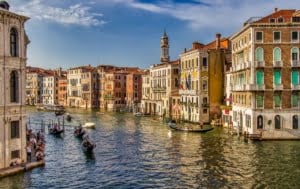
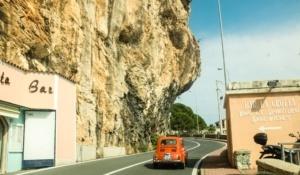
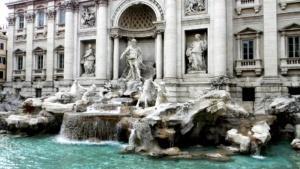
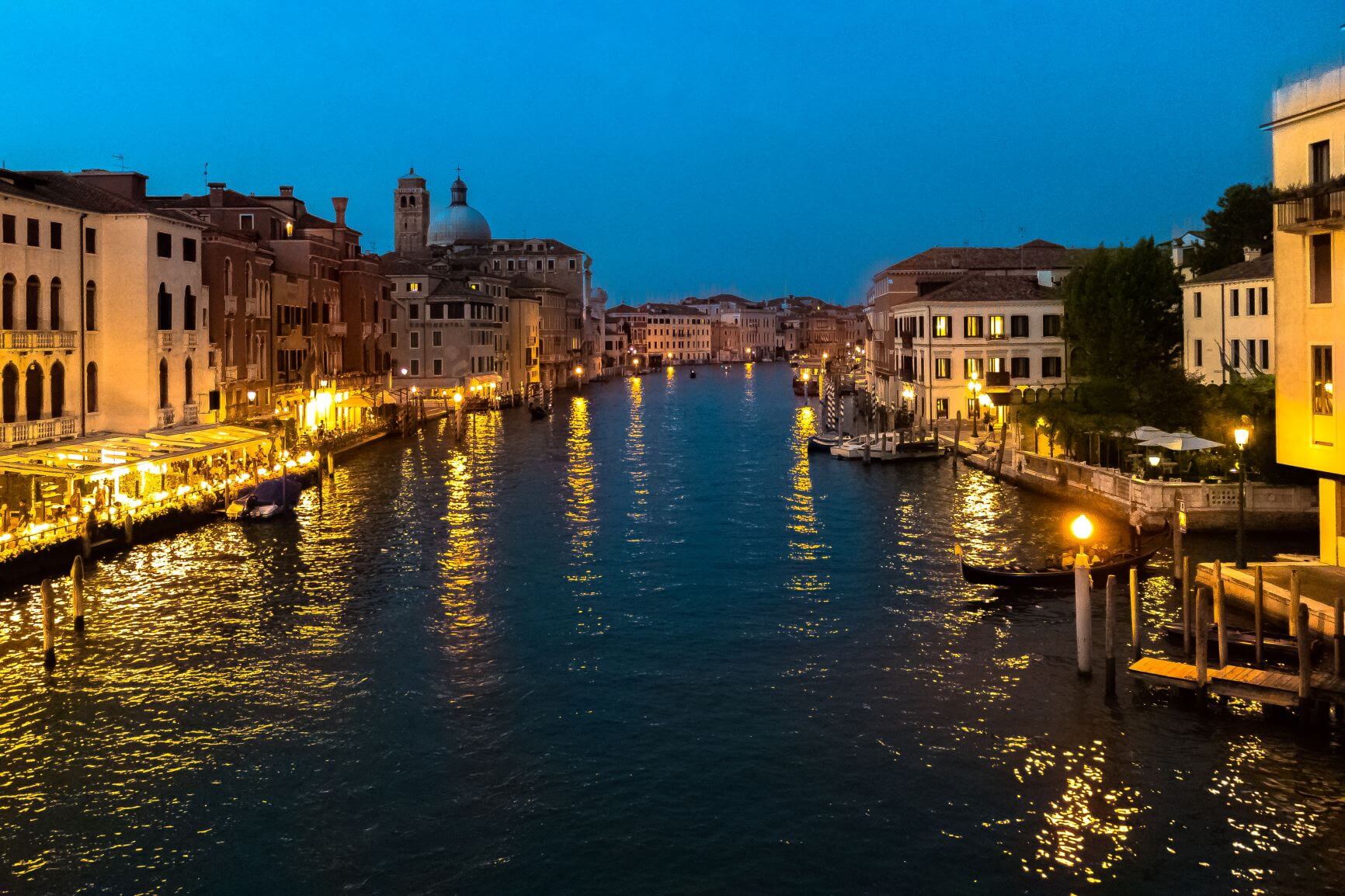
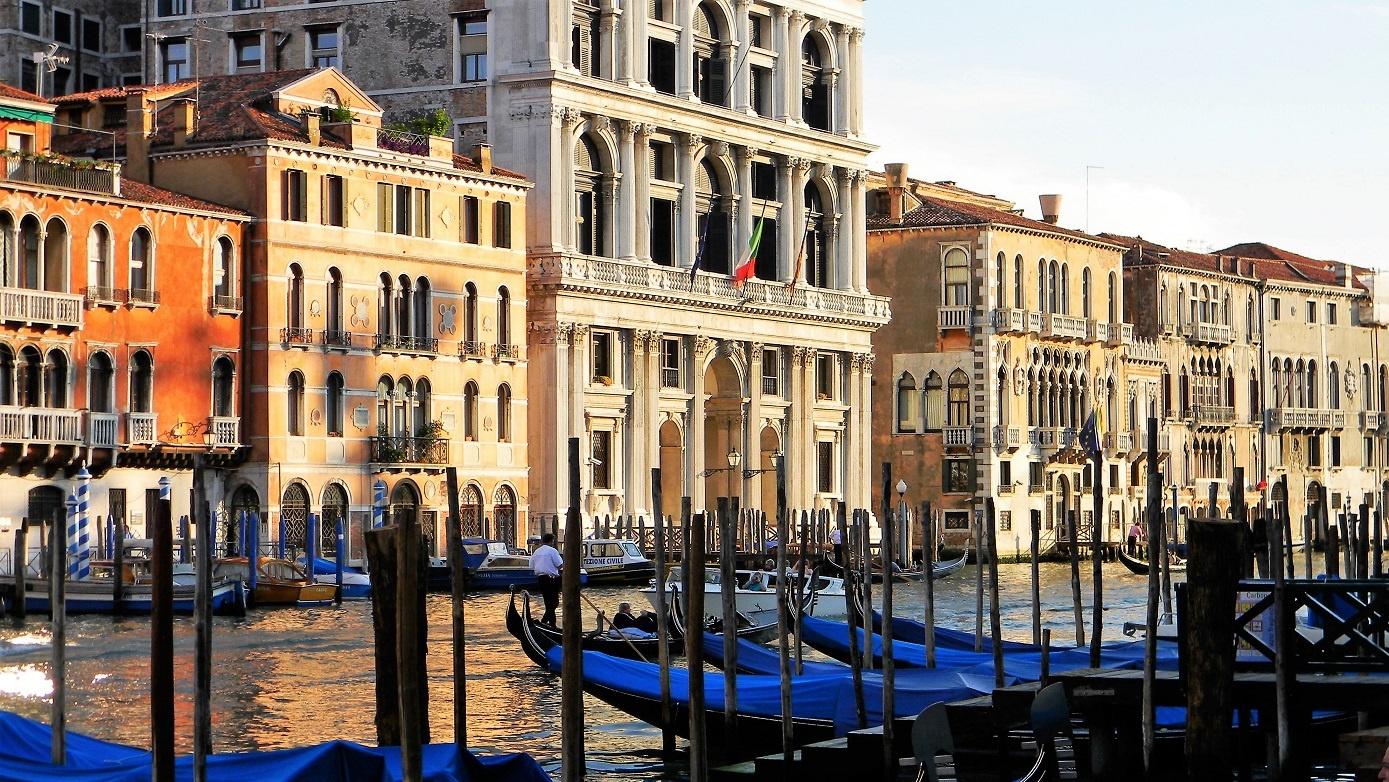

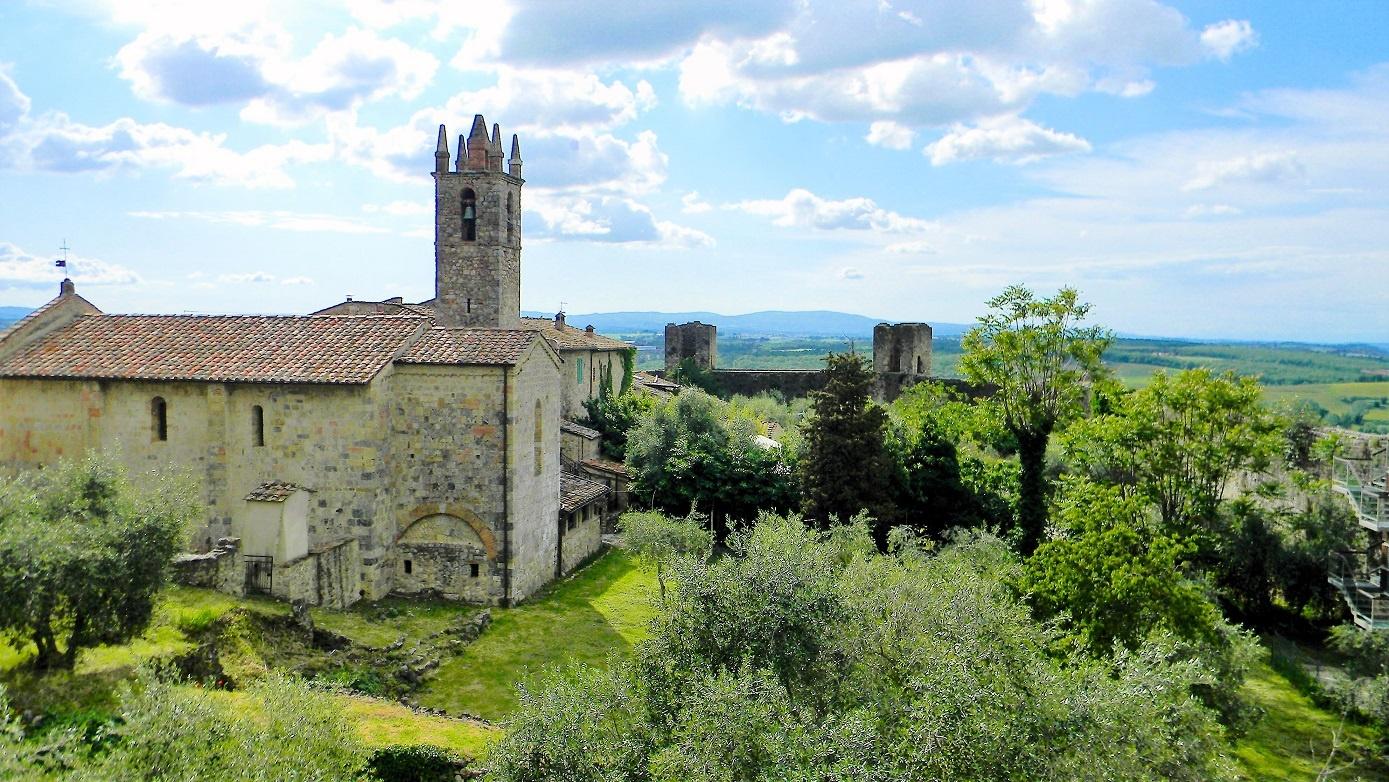

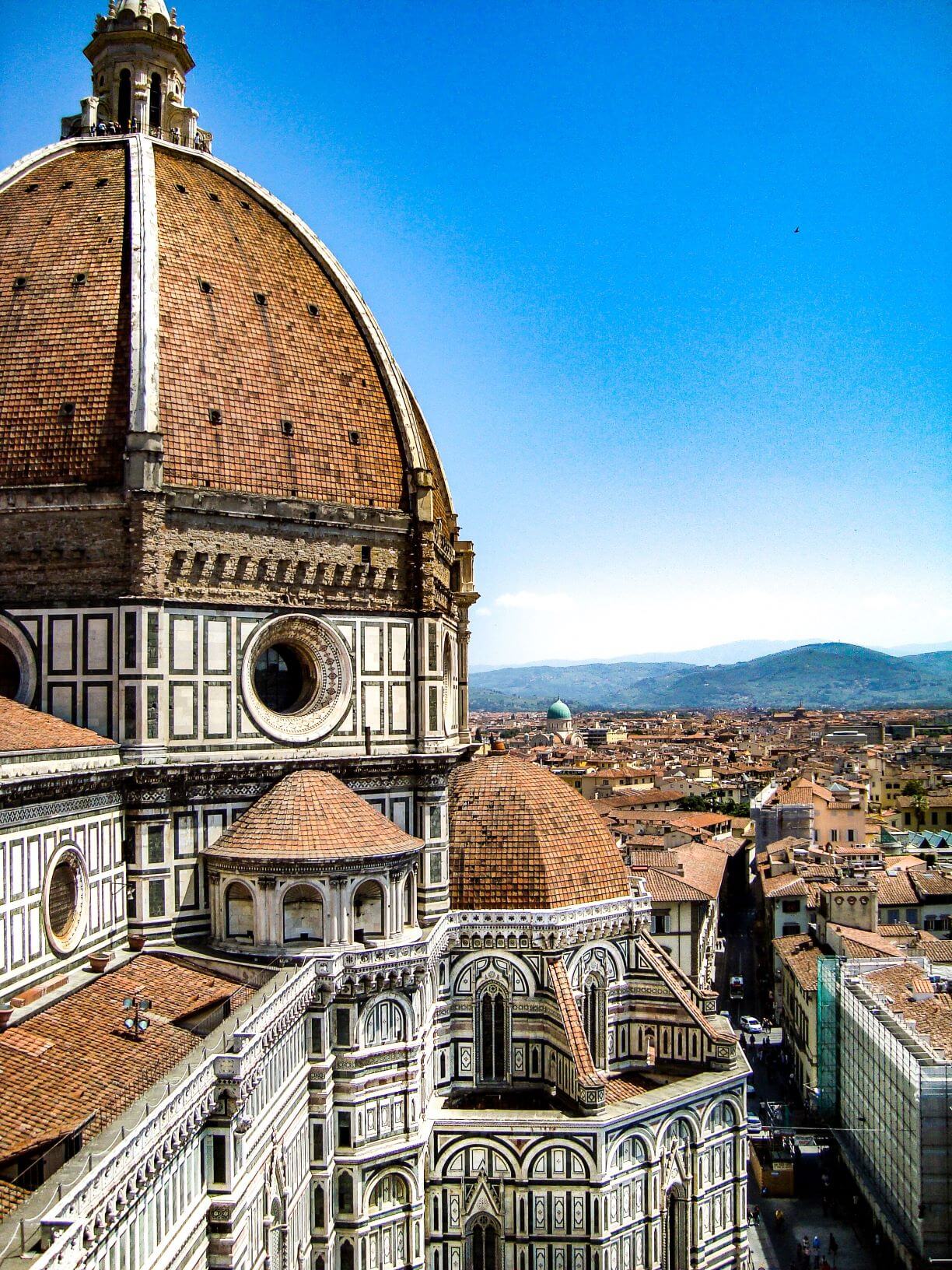
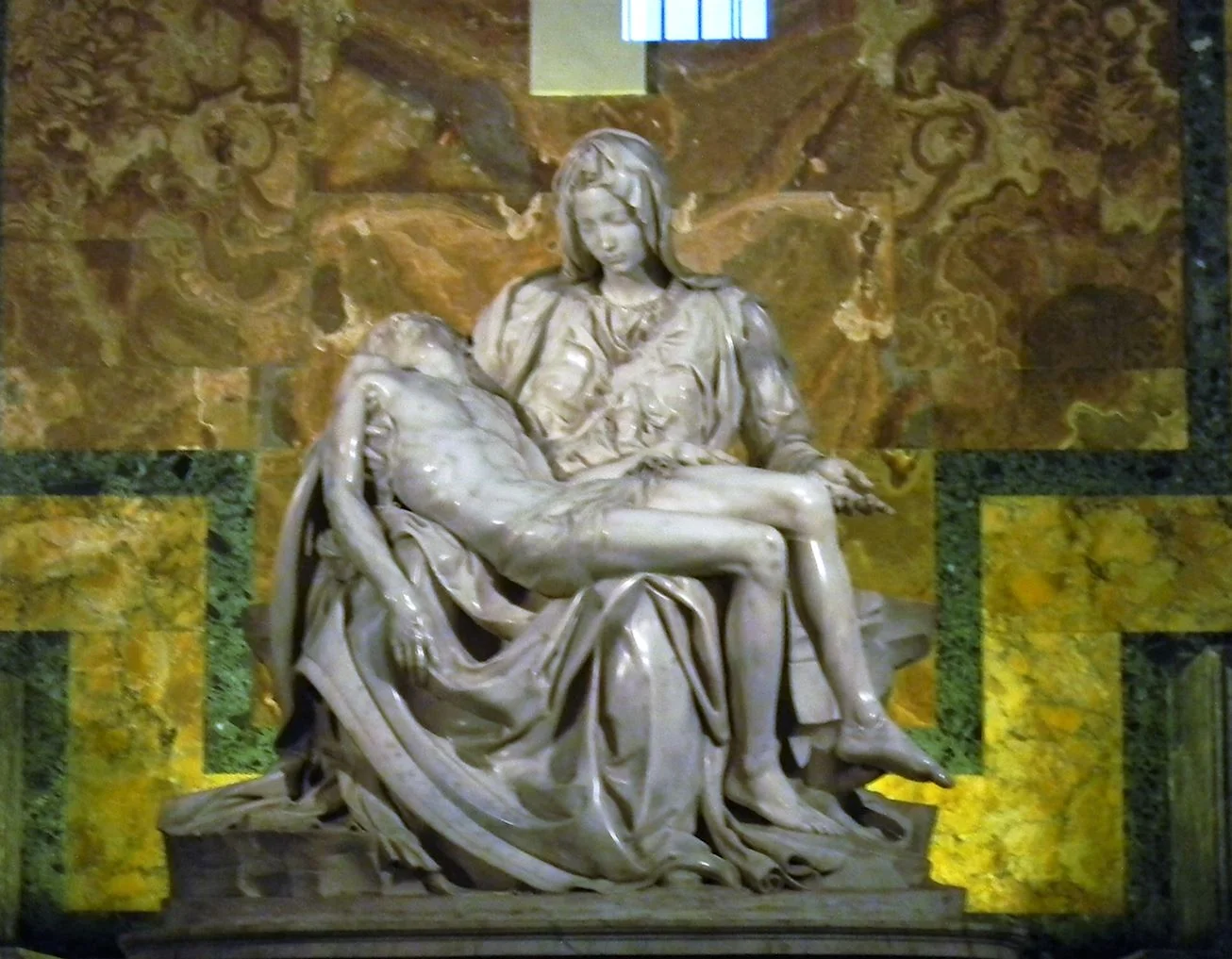
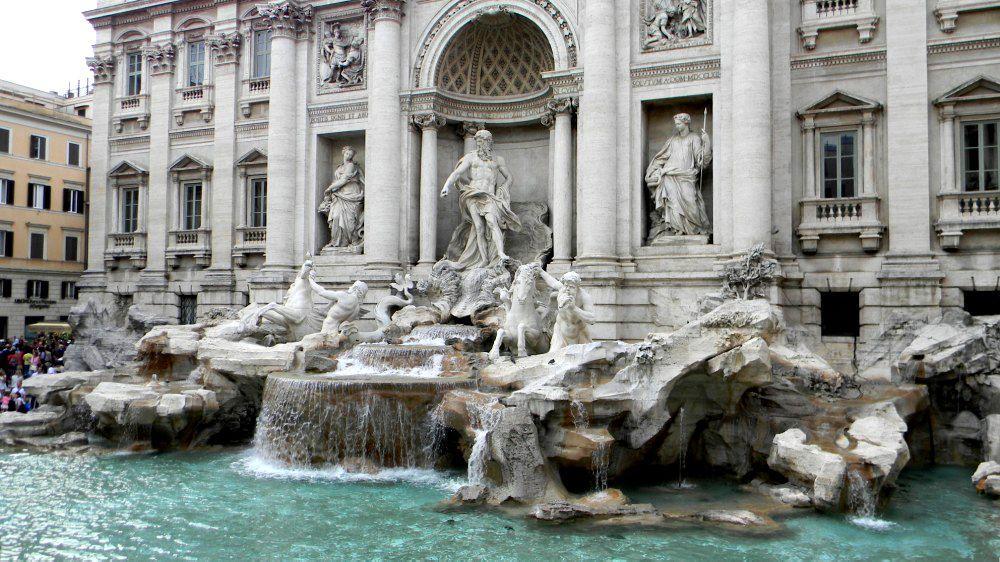
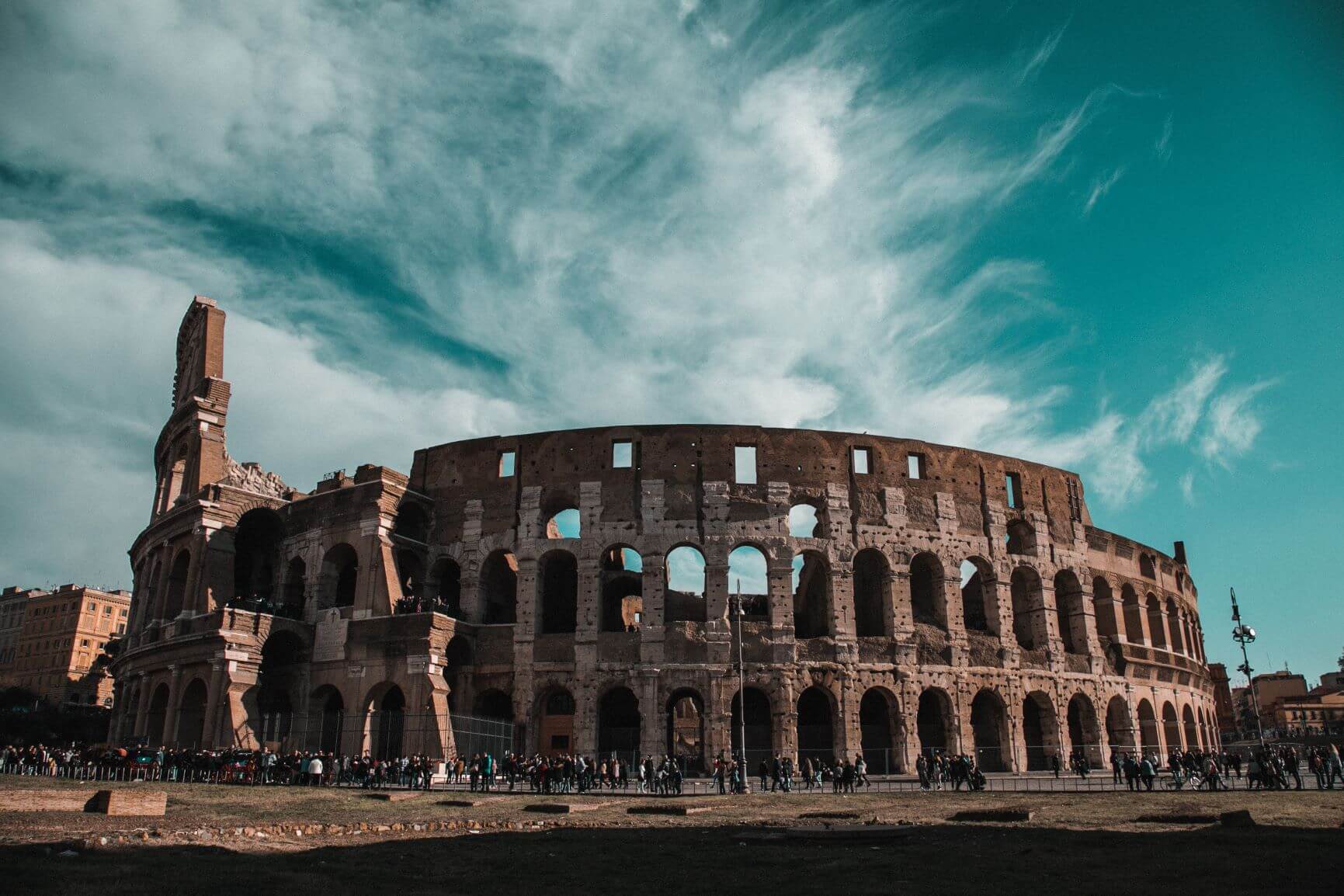
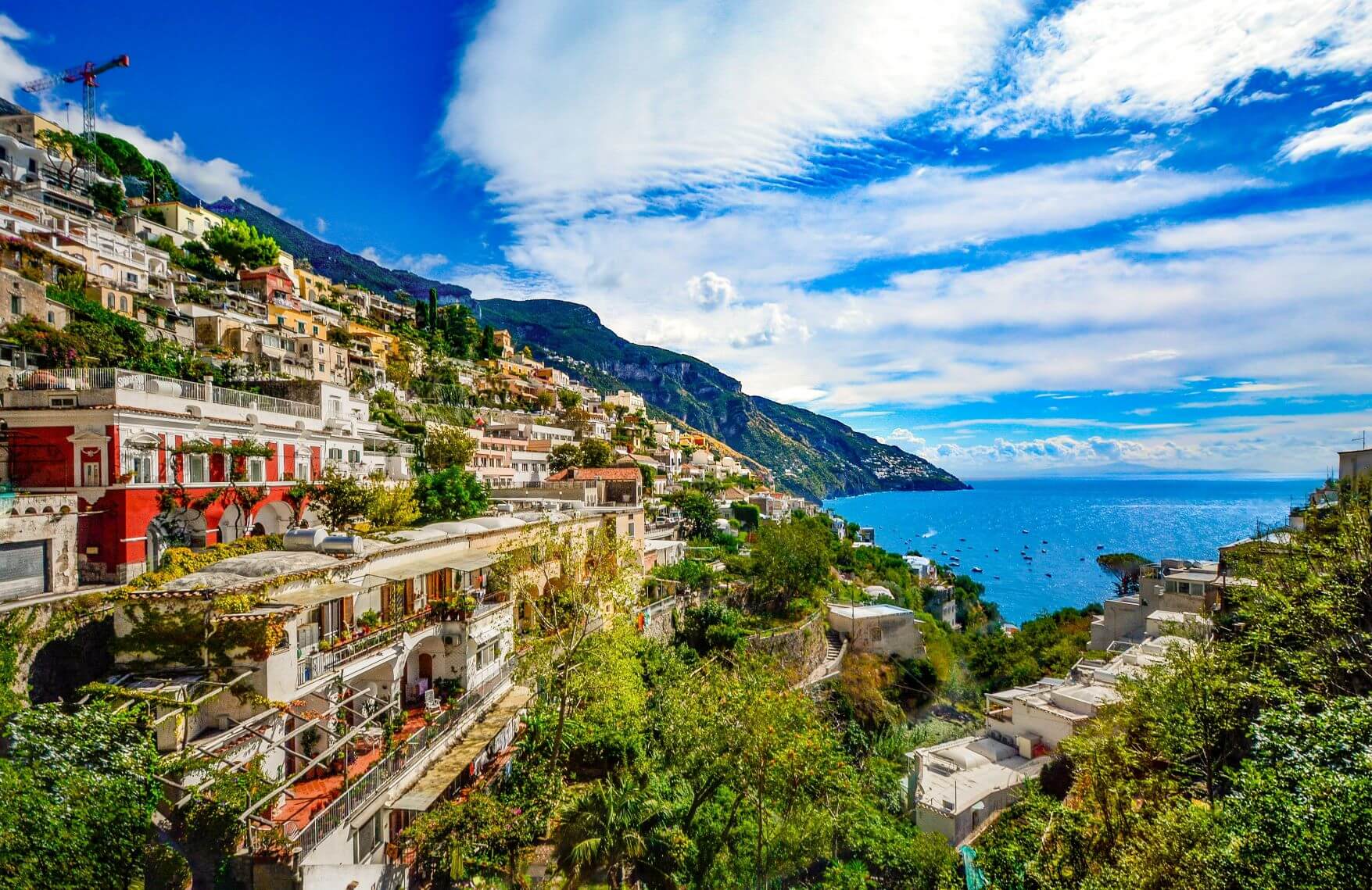
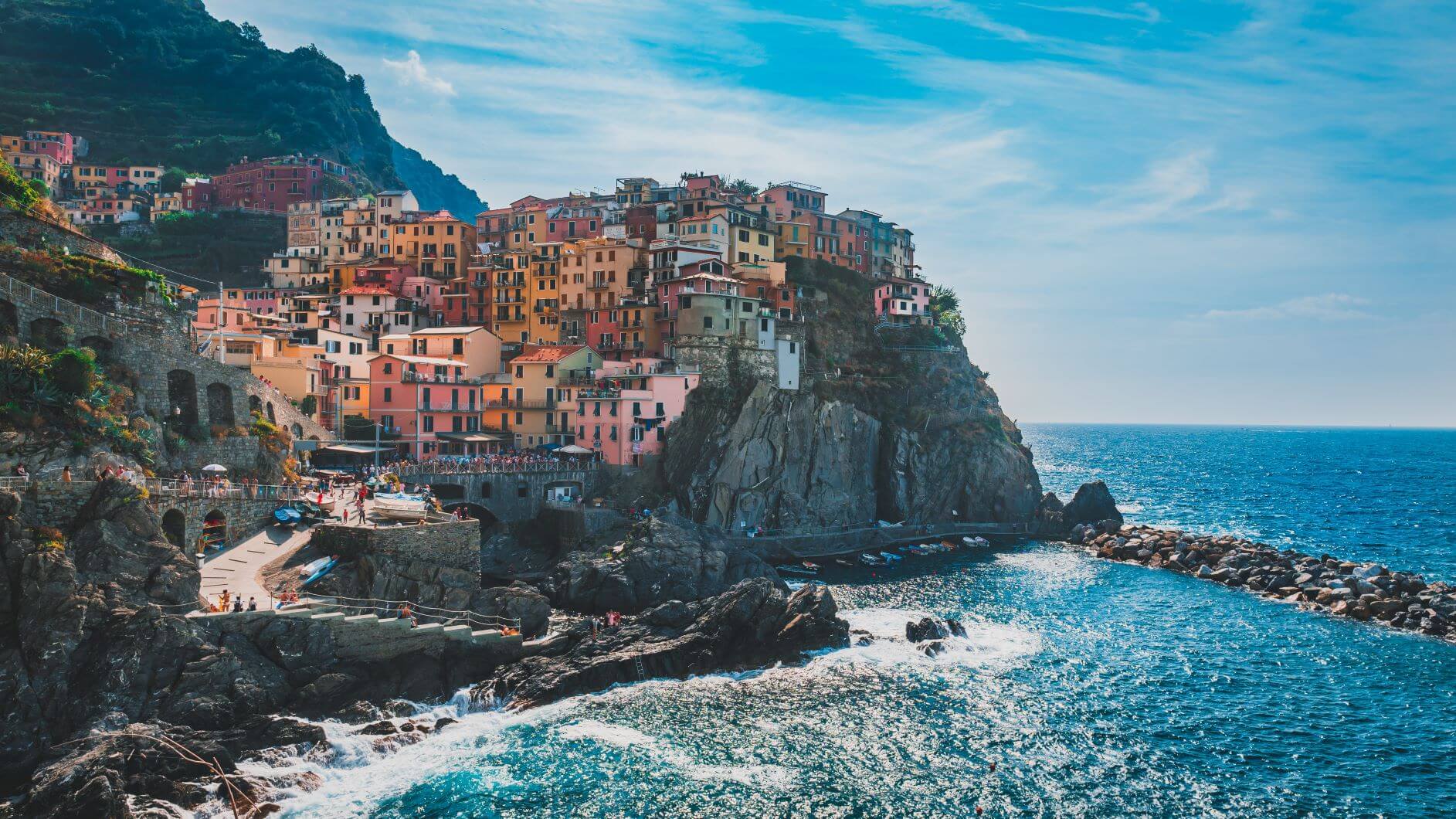
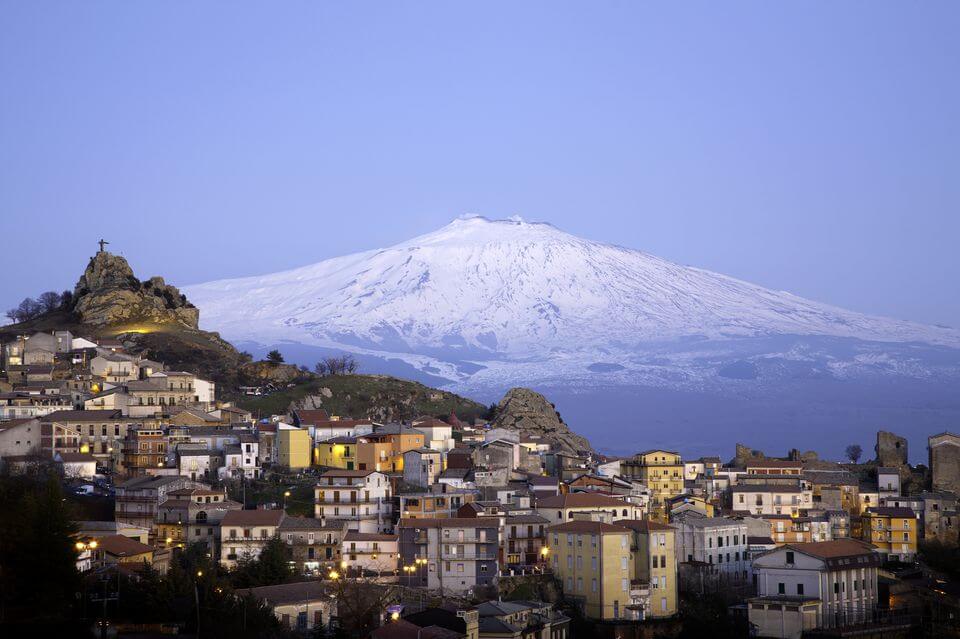
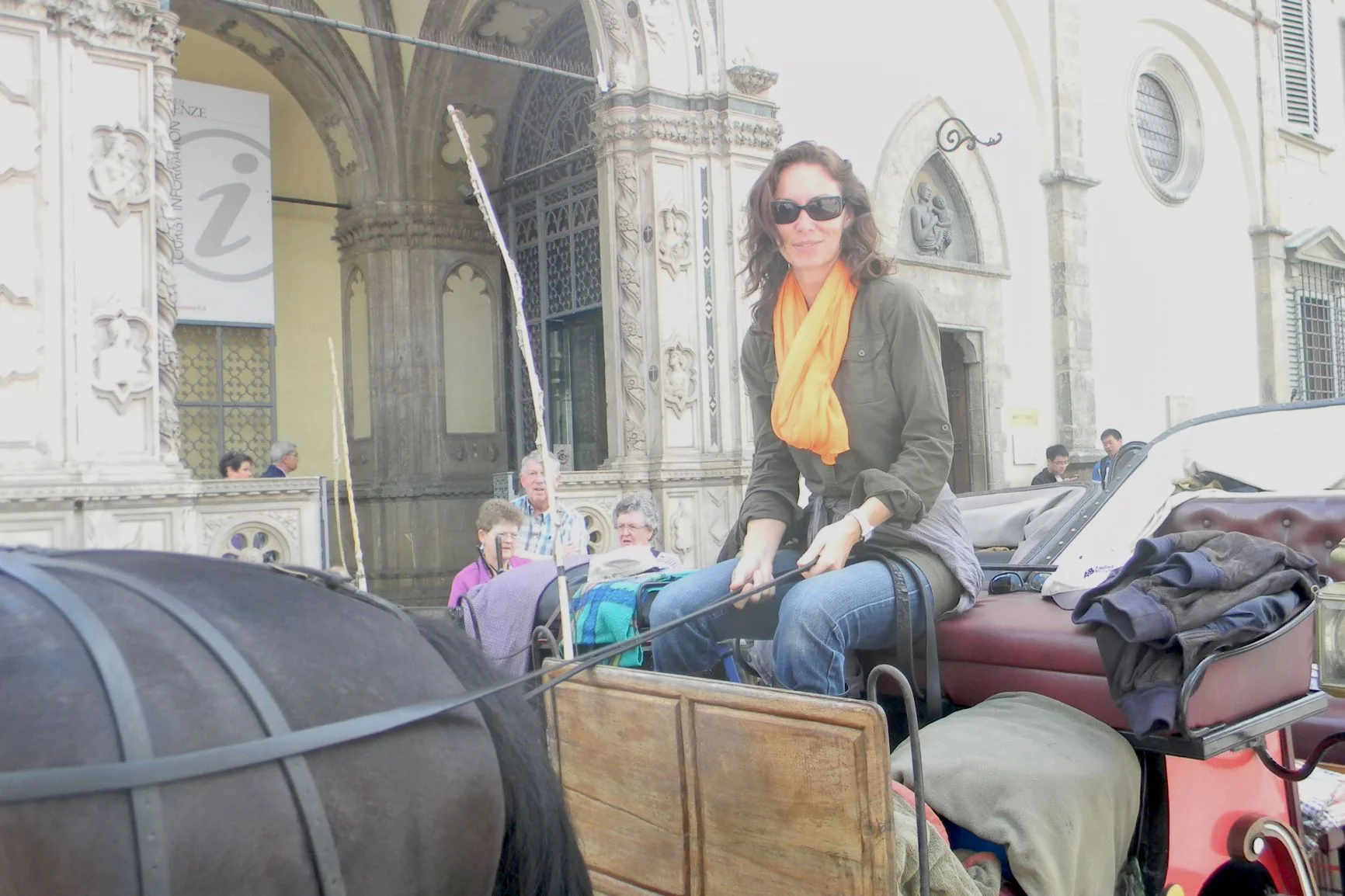
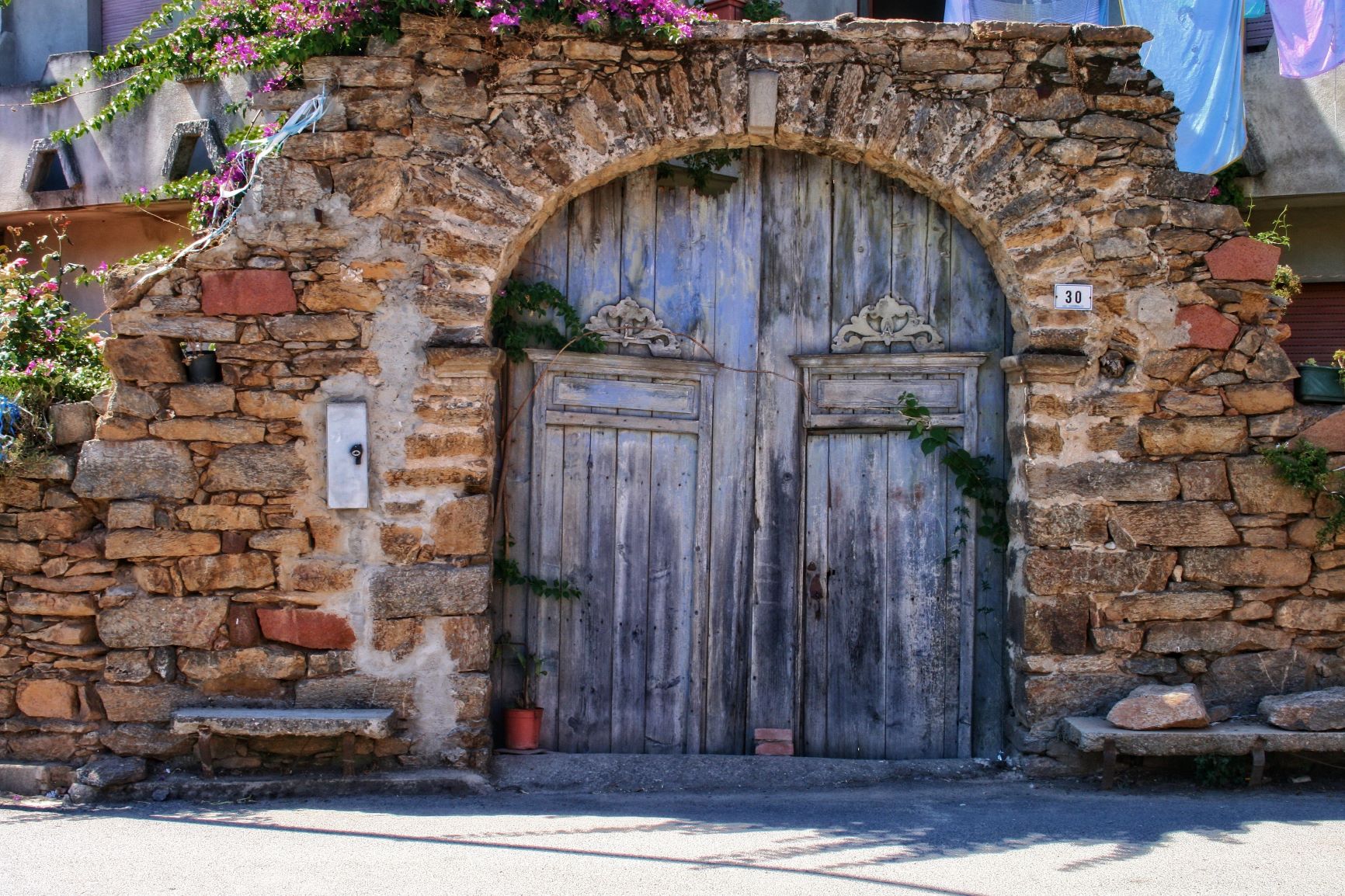
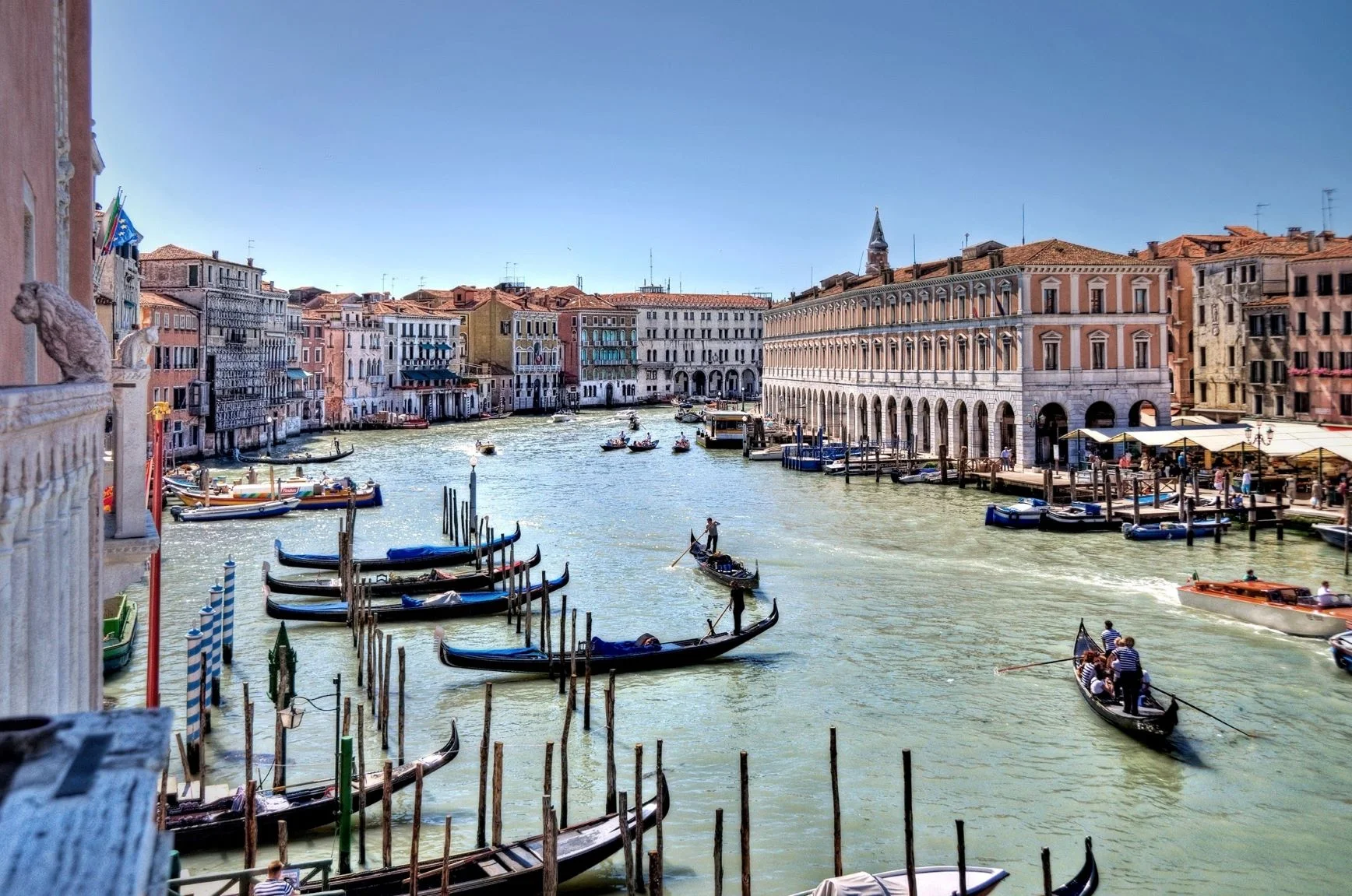
0 Comments